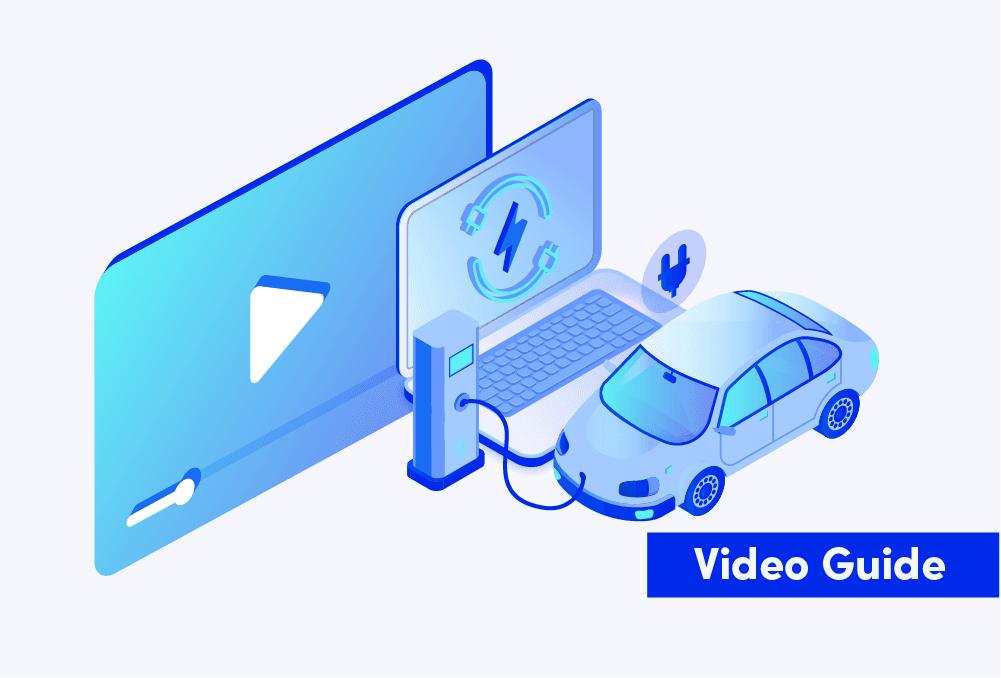Building upon our popular 'eMobility Fundamentals' blog series, we're excited to introduce our latest initiative. In an effort to provide concise and clear understanding of electric vehicle-related knowledge, we're delivering a series of short videos. You can see the video starting this series here „Video Guide: CPO vs eMSP”, today we present another topic.
The role of a Charge Point Operator and the responsibilities - explanation in the video
A great complementary piece to the video is our article: How to become Charge Point Operator and manage the CPO platform?
Video transcript
Being at the forefront of a rapidly changing industry, Charge Point Operators are key players in delivering sustainable and reliable charging infrastructure for eMobility. They must ensure that the charging network is running smoothly and efficiently in order to keep up with industry standards - from diagnostics and maintenance to data management and pricing strategies.
Operators must ensure that EV chargers are operational and available around the clock, which may get difficult once a hefty amount of chargers is there to be managed. In this case, a reliable real-time reporting system for any malfunctions is essential to guarantee a seamless experience and exposure to a wide-range of users.
In order to facilitate that, Charge Point Operators use software that's usually referred to as CPO platforms or EV charging management systems. They’re designed to not only manage the chargers but also to enable mutual connections between different operators and service providers.
The opening of charging stations up for multiple sources of users can be achieved via connecting the platform to the open standards. With the use of open standards, Charge Point Operators can expose their networks to any eMobility Service Provider in a standardized way, enabling faster integration and scaling. All that, while consumers are provided clear information on charging locations, prices and technical advancements alike.
The list of CPO platform’s core features goes beyond the open standards integration. In order for the system to do its job properly, quite a few points should be ticked on the checklist.
Amongst the features we can find:
- Stations Management
Designed to meet all of the charging station needs, from registering customers and activating/deactivating stations, to providing remote maintenance support. Additionally, users can check the logs of their stations as well as send custom messages directly through the interface.
- Tariff management
Provides CPOs with a comprehensive approach to cost rate and tariffing strategies, allowing them to ensure their charging conditions are accurately applied in any given situation.
- Smart charging
It encompasses load balancing - ranging from static to dynamic and renewables, as well as tailored charging profiles for specific applications such as Vehicle-to-Grid (V2G). This enables the efficient management of electricity demands while maintaining consistency in power quality and maximized savings on costs.
These are only the tip of the iceberg on the list of features that CPOs need to take into consideration when setting up the platform. Additionally, we can mention:
- billing
- ad-hoc payments
- Platform access management
- Dashboard and reporting
- API’s and integration
- Customer management
With the ever-progressing advance within the eMobility industry, it must be remembered that requirements evolve and change and so does the software running in the background. Upgraded versions of open standards or new solutions added to smart charging reinforce staying up to date with industry trends.

